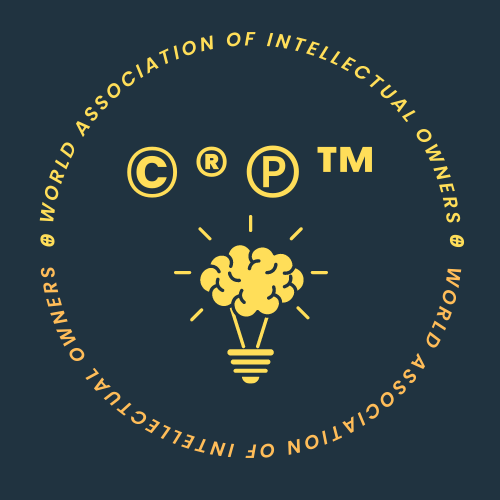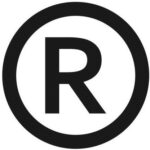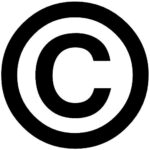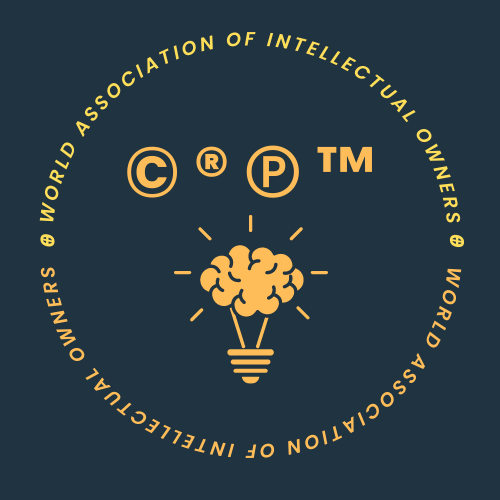About Cookies
PRIVACY POLICY - COOKIES .When You visit any website, it can store data in or retrieve it from Your browser, which is mainly used for cookies. Part of the cookies is necessary for the correct display of the website You are visiting, and depending on Your entries, the data stored may be about You, Your preferences or the device. All cookies, except the necessary cookies, can be turned off or on at any time. About each type of cookie, You can read more below the title of each category. Please note, however, that blocking certain types of cookies may affect Your experience of using the website.
Read Cookie PolicyNecessary cookies help make a website usable by enabling basic functions like page navigation and access to secure areas of the website. The website cannot function properly without these cookies.
Preference cookies enable a website to remember information that changes the way the website behaves or looks, like your preferred language or the region that you are in.
Statistic cookies help website owners to understand how visitors interact with websites by collecting and reporting information anonymously.
Marketing cookies are used to track visitors across websites. The intention is to display ads that are relevant and engaging for the individual user and thereby more valuable for publishers and third-party advertisers.
Unclassified cookies are cookies that we are in the process of classifying, together with the providers of individual cookies.






